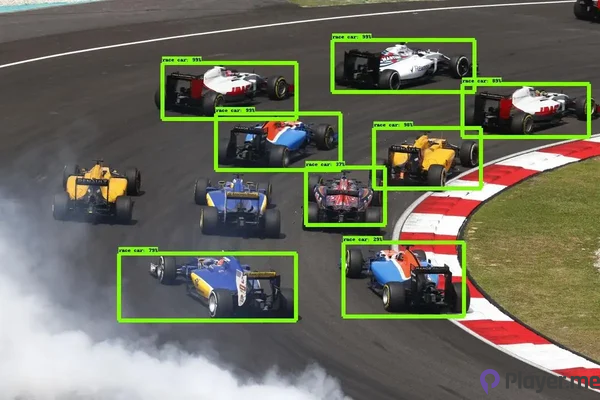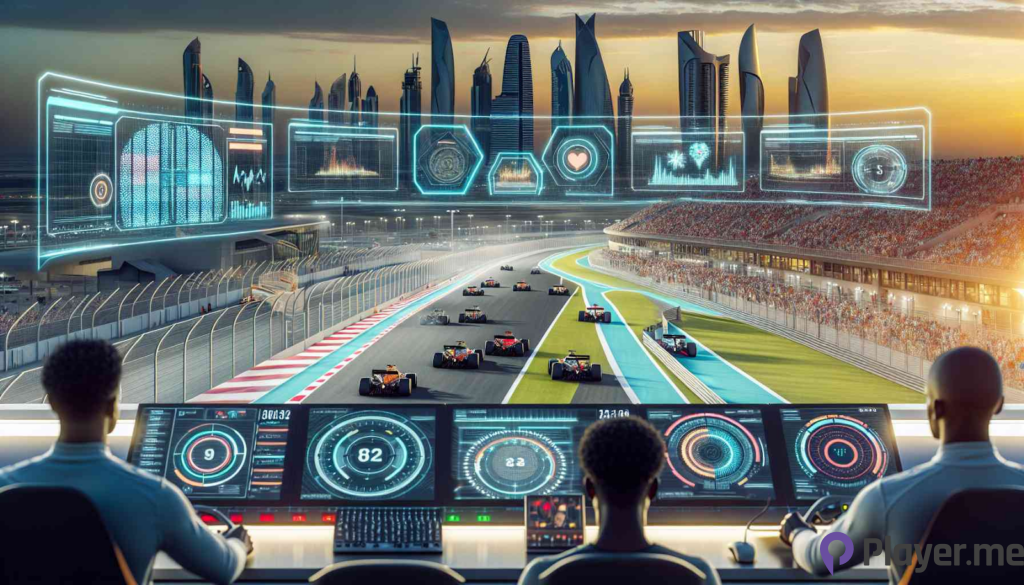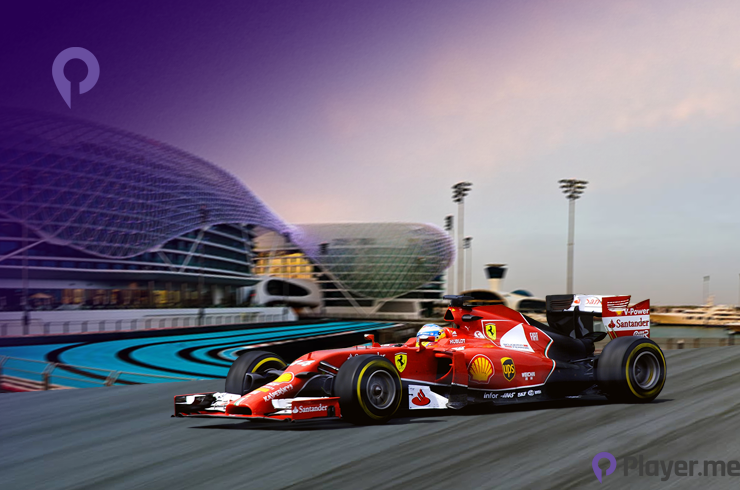In an effort to improve the processing speed of track limit checking, the Formula 1’s governing body (FIA) has introduced Computer Vision in this weekend’s Abu Dhabi Grand Prix season finale. Computer Vision is a program that uses shape analysis to judge pixels on a video feed to enhance judgement when cars have breached track limits and lessen the need for humans to carry out the final checks like they are currently doing.
Moreover, the FIA stated that Computer Vision would help speed up the process at the FIA’s Remote Operations Centre (ROC), as the Austrian Grand Prix was a high water mark for the sport with just four people having to process an avalanche of some 1,200 potential violations. Therefore, with the introduction of Computer Vision, the FIA has the optimistic ambition of reducing the current anticipated 800 reports from a Grand Prix down to 50.
FIA Trials Computer Vision to Tackle Track Limits Breaches
As this will be the first time the FIA implements such Computer Vision, many have doubts surrounding the system. In an FIA preview, Tim Malyon, the head of the ROC, stated that applying AI was more about using the system to dismiss those incidents that did not need a human to judge them.

“At the moment, we’ve brute forced the situation by saying we need to make thousands of checks, but how do we do that? Well, we throw people at it because that’s the most accurate solution. What we’re looking to do now is introduce a level above ROC, and that’s AI software. Again, it might sound strange but the methodology with this AI has a lot of parallels with discussions going on in medicine at the moment and the use of Computer Vision, for example, to scan data from cancer screening.”
He further stated: “What they’ve concluded is they don’t want to use Computer Vision to diagnose cancer. What they want to do is to use it to throw out the 80% of cases where there clearly is no cancer in order to give the well-trained people more time to look at the 20%. And that’s what we are targeting.”
FIA Also Has Brought in a Catapult System to Provide Accurate Locations
Besides Computer Vision, the FIA has also brought in a system called Catapult, which uses receivers to provide accurate locations ahead of the season-ending Grand Prix.
Single-Seater Head of Information Systems Strategy Chris Bentley stated: “There are examples in the NFL where they can identify every player on the pitch, even if they’re in a big huddle. We can also use that technology on our live feeds. That will be the same as the new tool, and then we can draw the lines of interest. And then the AI would learn as it goes along.”
Tim Malyon added: “What we’re trying to do for the future is improve all that technology and deploy new ones. Car positioning continues to be developed to improve accuracy. We’re also planning to double the size of the ROC in terms of the number of people going from four to eight next year, and we will double the connection bandwidth between the track and Geneva to facilitate more people working remotely.”
How Does Computer Vision Benefit the Human Eye in Spotting Potential Infringements?
When questioned whether Computer Vision could reduce the 1200 potential infringements in the Austrian Grand Prix from occurring again, Malyon replied that the best resource for checking breaches was not actually using technology to alert the FIA of breaches; it was the human eye, which was more effective than data provided by car detection systems or timing loop analysis. He added that the extra Computer Vision layer would reduce the number of potential infringements being considered by the ROC, with still fewer than going on to race control for further action.

“If you took out all the ones that were being erroneously reported by the loops and then did the analysis to say all the ones that were correctly reported by the loops, were they also captured by the human, the answer was yes. We basically concluded that the loops were insufficiently accurate and that by far, our most accurate solution was having a data analyst looking at the video itself. In fact, that’s an interesting element of the story as currently, through loop positioning, GPS positioning, etc, the human still wins.”
Lastly, he mentions that while the human eye is currently better, it may not prove for long. “I’ve said repeatedly that humans are winning at the moment in certain areas. That might be the case now, but we do feel that ultimately, real-time automated policing systems are the way forward. The biggest imperative is to expand the facility and continue to invest in software because that’s how we’ll make massive strides. The final takeaway for me is to be open to new technologies and continue to evolve.”
Related: WSJ Tech Live 2023: Tech Leaders Provide Clarity Between the Opportunities and Risks of AI
Which Platform to Follow for the Latest F1 News and Updates?
To catch the latest updates of Formula 1, follow OtherLeague as it provides daily sporting news of your favourite drivers. Moreover, the site also provides daily football news of your favourite teams and players.
Also Read: Top 8 Football Livescore Websites in Asia
Author Profile
Latest entries
 GAMING2024.06.12Top 4 Female Tekken 8 Fighters to Obliterate Your Opponents in Style!
GAMING2024.06.12Top 4 Female Tekken 8 Fighters to Obliterate Your Opponents in Style! NEWS2024.03.18Elon Musk’s SpaceX Ventures into National Security to Empower Spy Satellite Network for U.S.
NEWS2024.03.18Elon Musk’s SpaceX Ventures into National Security to Empower Spy Satellite Network for U.S. GAMING2024.03.17PS Plus: 7 New Games for March and Beyond
GAMING2024.03.17PS Plus: 7 New Games for March and Beyond GAMING2024.03.17Last Epoch Necromancer Builds: All You Need To Know About It
GAMING2024.03.17Last Epoch Necromancer Builds: All You Need To Know About It





